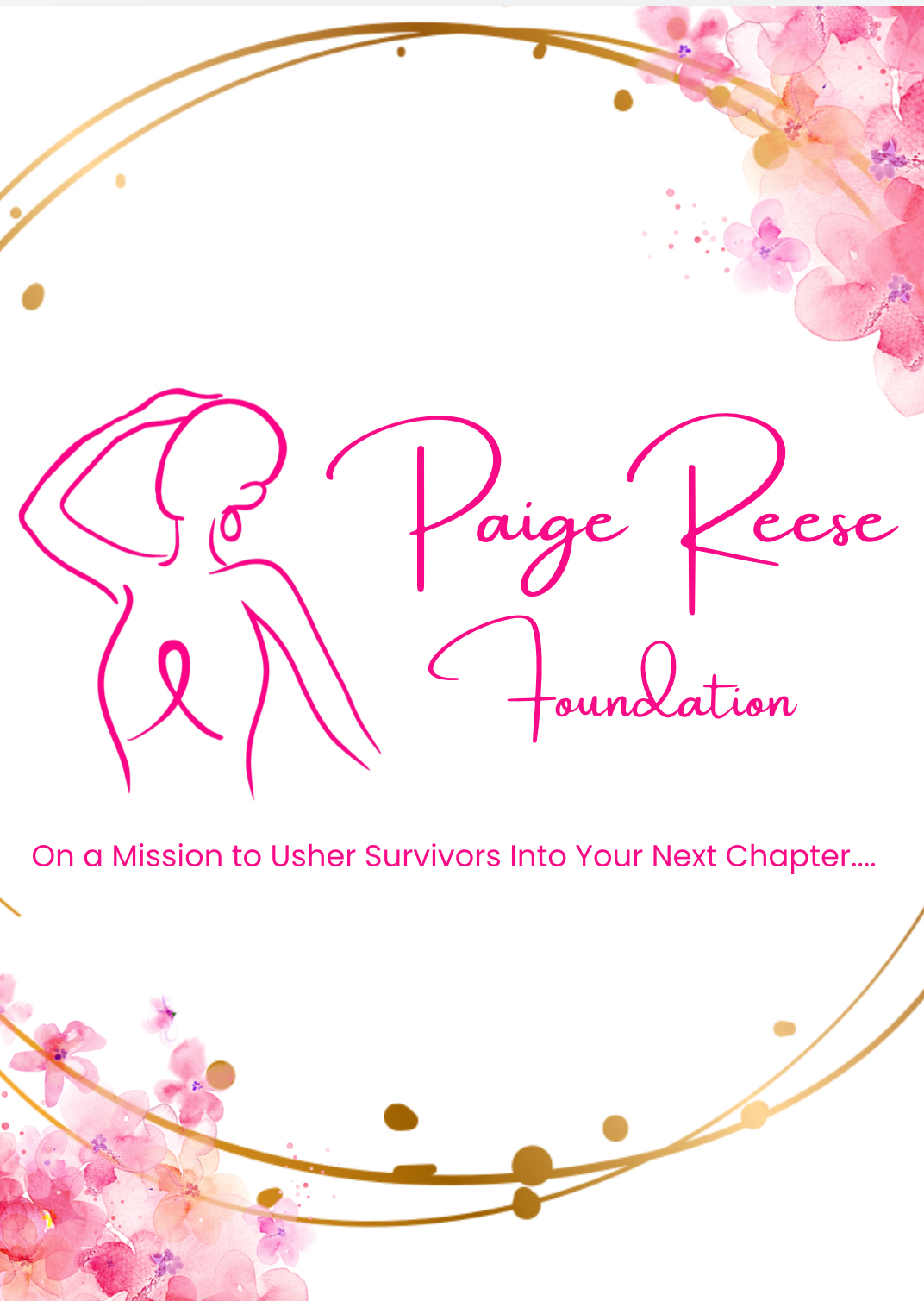Breast Cancer Tool Kit


Your Guide to Informed & Empowered Care
Knowledge is power. Whether you’re newly diagnosed or supporting a loved one, our Breast Cancer Toolkit is here to help you navigate the journey with clarity, confidence, and courage. This toolkit includes essential medical information, decision-making resources, and myth-busting facts—because informed choices save lives.

What Is Breast Cancer?
Breast cancer happens when cells in the breast grow and divide in an uncontrolled way. Over time, this can form a lump or mass, or in some cases, spread to other parts of the body. While breast cancer affects mostly women, it can also occur in men. There are several types, and not all breast cancers behave the same. Understanding what’s happening in your body is the first step in taking back your power.
👉 Learn more at the American Cancer Society
Early Detection
The earlier breast cancer is found, the easier it is to treat. Regular screenings—like mammograms—help catch changes before symptoms even appear. Self-exams, clinical breast exams, and knowing your own body all play a vital role.
Early detection saves lives. If something doesn’t feel right, speak up. You are your best advocate.
👉 Guidelines vary—check with your doctor or visit MD Anderson
Diagnosis
Hearing “You have breast cancer” is overwhelming. After a suspicious lump or screening, your care team may run several tests:
● Biopsy (to examine tissue)
● Imaging (mammogram, ultrasound, MRI)
● Pathology reports (to identify type and characteristics)
These results help determine your unique diagnosis—and your roadmap forward. Remember: no two journeys are the same.
👉 More on diagnosis: Susan G. Komen Diagnostic Tools
Stages of Breast Cancer
Breast cancer is staged from 0 to 4. These stages describe how far the cancer has spread:
● Stage 0: Non-invasive, localized
● Stage I–III: Increasing size and spread within the breast or lymph nodes
● Stage IV: Metastatic, spread to other organs
Stage is not destiny. Many survivors thrive after every stage. Treatment and outcomes are
based on many factors—not just stage.
👉 ACS: Understanding Staging
Types of Breast Cancer
The type of breast cancer you have helps guide your treatment plan. Some of the most common include:
● Ductal carcinoma in situ (DCIS)
● Invasive ductal carcinoma (IDC)
● Invasive lobular carcinoma (ILC)
● Triple-negative breast cancer
● HER2-positive breast cancer
Each behaves differently and may respond to different treatments. Knowing your type helps you and your care team make the best choices.
Treatment
There’s no one-size-fits-all. Treatment depends on your stage, type, and other factors. Options may include:
● Surgery (lumpectomy, mastectomy)
● Radiation therapy
● Chemotherapy
● Hormone therapy
● Targeted therapy
● Immunotherapy
Your care team will help tailor the plan that’s right for you. It’s okay to ask questions. It’s okay to seek second opinions. It’s okay to say, “I need more time.”
Breast Cancer Myths
Let’s bust some common myths:
❌ Myth: Only women with a family history get breast cancer.
✅ Fact: Most people diagnosed have no family history.
❌ Myth: Wearing underwire bras causes cancer.
✅ Fact: There’s no scientific evidence linking bras to cancer risk.
❌ Myth: A lump always means cancer.
✅ Fact: Many lumps are benign (non-cancerous). Still, get it checked.
👉 More myths & facts at National Breast Cancer Foundation
Breast Cancer Resources
You’re not alone. These organizations offer information, support, financial assistance, and community.’
● American Cancer Society
● Tigerlily Foundation
● TOUCH, The Black Breast Cancer Alliance
● Susan G. Komen
● Breastcancer.org
● Young Survival Coalition
● Living Beyond Breast Cancer

Inspiring hope every day
At the Paige Reese Foundation, we believe hope lives in the quiet moments; in a warm touch, a kind word, a deep breath. We show up daily through care packages, healing retreats, and reminders that no one walks this path alone. Every story matters, every act of love lights the way, and even the smallest spark of hope can ignite a powerful tomorrow. Together, we are inspiring hope…every single day.

